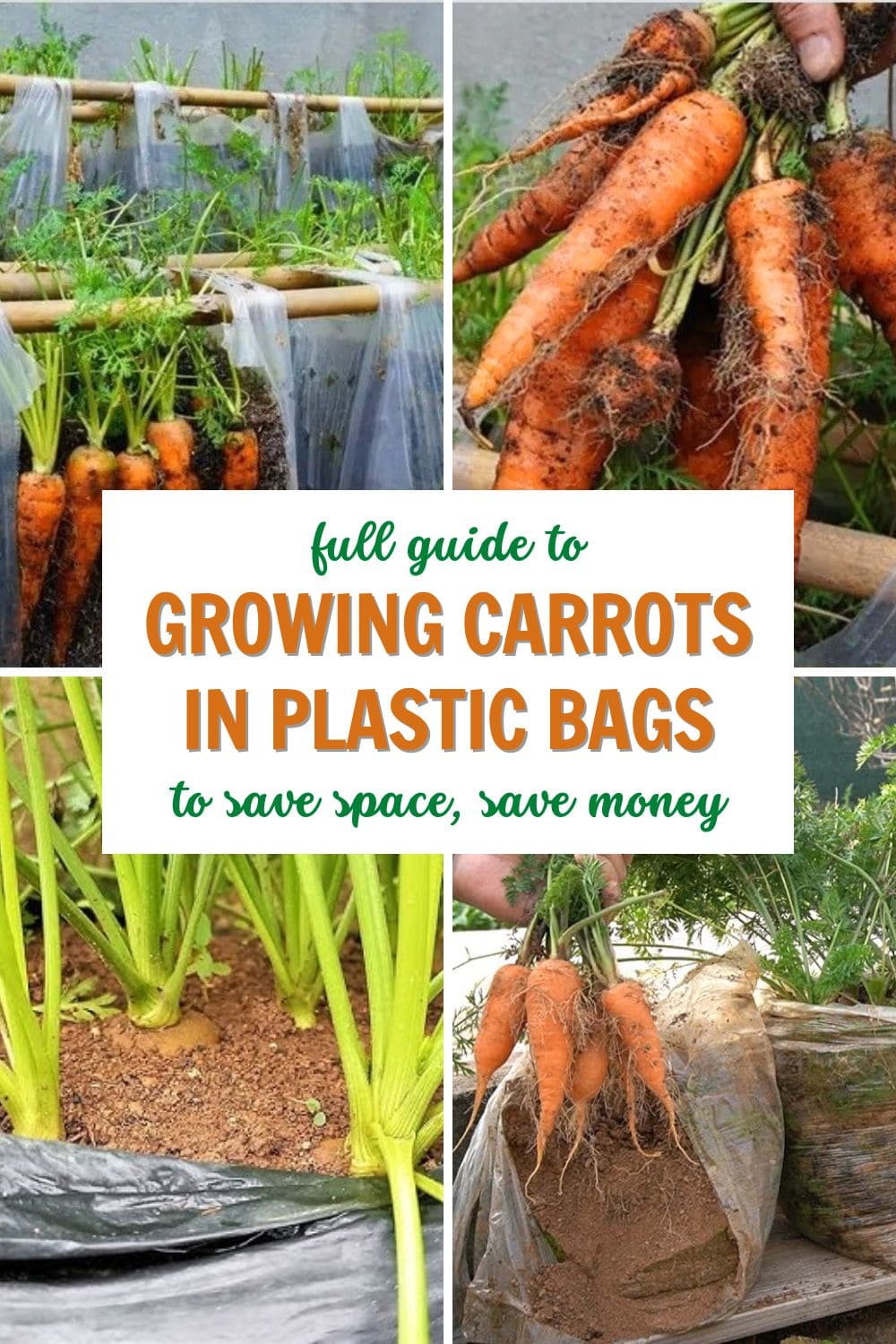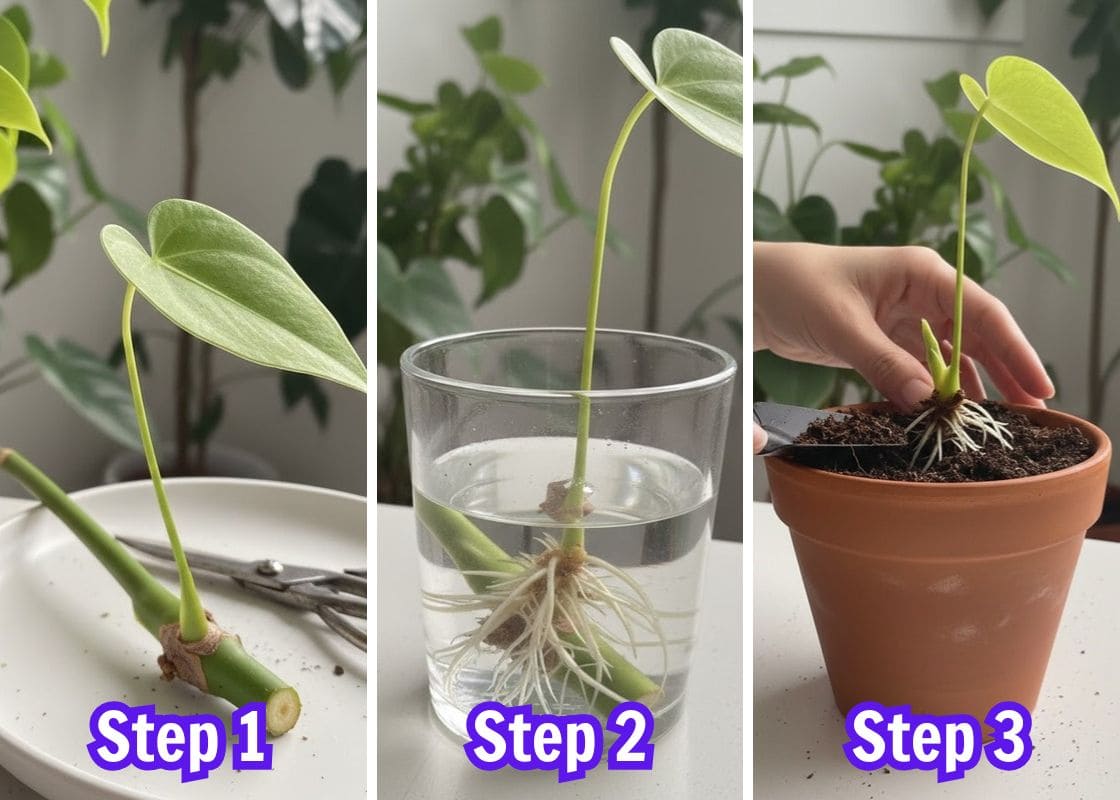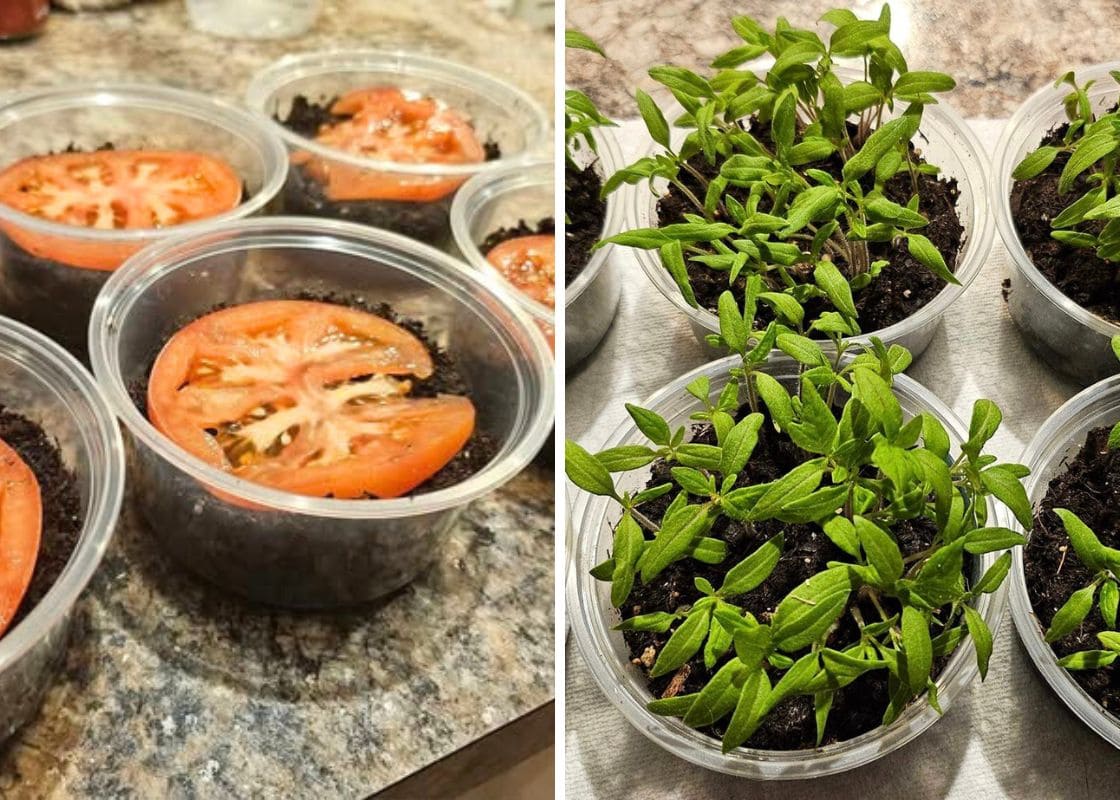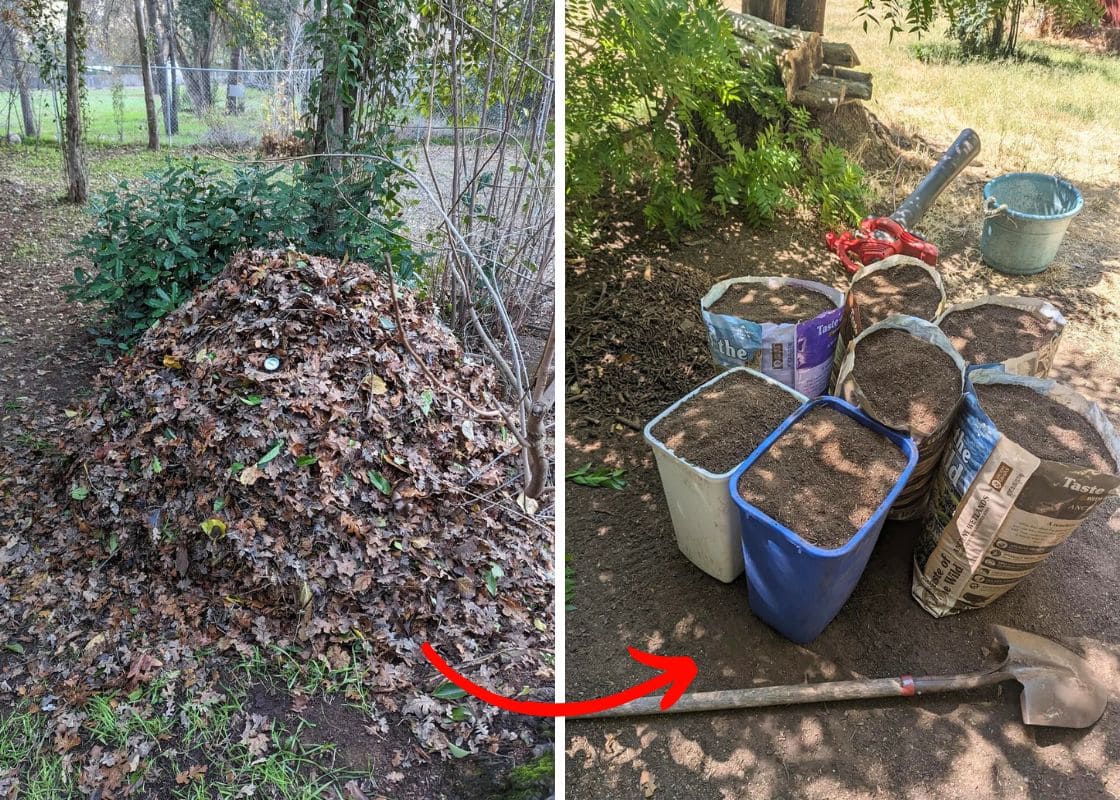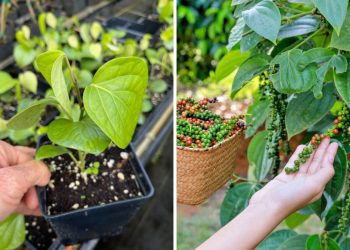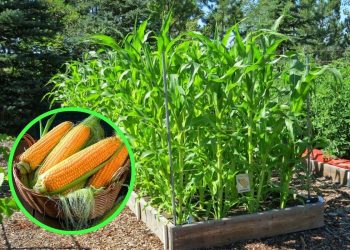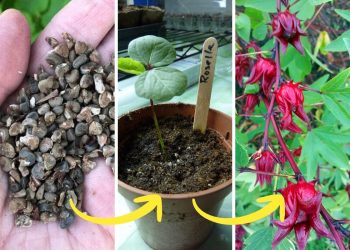When people think of growing carrots, they usually picture long rows of fluffy garden soil or raised beds stretching across a backyard.
But here’s a little secret from one gardener to another, some of the best carrots I’ve ever grown came from plastic bags.
If you’re working with limited space, poor soil, or just want to try something different, growing carrots in bags is a fantastic option that’s simple, affordable, and incredibly rewarding.
Why Grow Carrots in Plastic Bags?
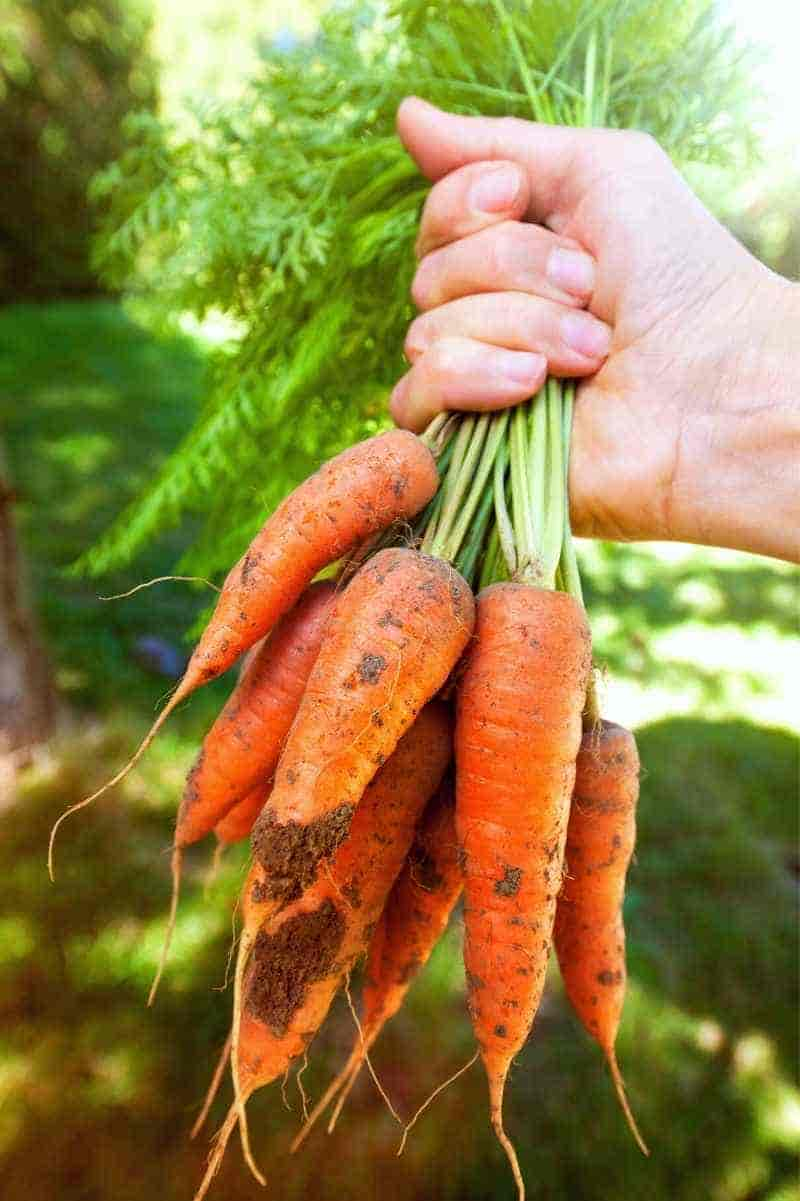
Carrots are fussy about their growing conditions. They want loose, well-draining soil, and they absolutely hate running into rocks, roots, or compacted dirt.
When you grow in a plastic bag, you completely control the growing environment.
You can customize the soil texture, manage watering more easily, and even move the bag around to catch the best sunlight.
This method is also ideal if you’re gardening in an urban setting or just don’t have access to garden beds. Plus, it’s a great way to reuse empty compost or potting soil bags, turning them into productive mini gardens.
Step 1: Choose the Right Bag

You don’t need to buy anything fancy. A strong plastic grow bag works great, but even old compost bags or thick black trash bags can do the job.
Just make sure the bag is at least 12 inches deep or deeper if you want to grow long carrot varieties.
I like to place my bags in crates or prop them against a wall so they keep their shape and don’t collapse as the soil settles.
Additionally, use a sharp knife to poke holes along the bottom and lower sides of the bag. Without drainage, your carrots will sit in soggy soil.
Step 2: Choose The Ideal Soil Mix for Carrots
Carrots thrive in light, fluffy soil that lets their roots stretch straight down without obstruction. Here’s the soil mix I’ve found works best:
- 50% quality potting mix
- 25% compost
- 25% coarse sand or perlite
You need to avoid heavy garden soil or anything that compacts easily as carrots need room to grow.
Also, fill your bag about three-quarters full with this mix, then water it lightly to settle everything before planting.
Step 3: Plant Your Carrot Seeds
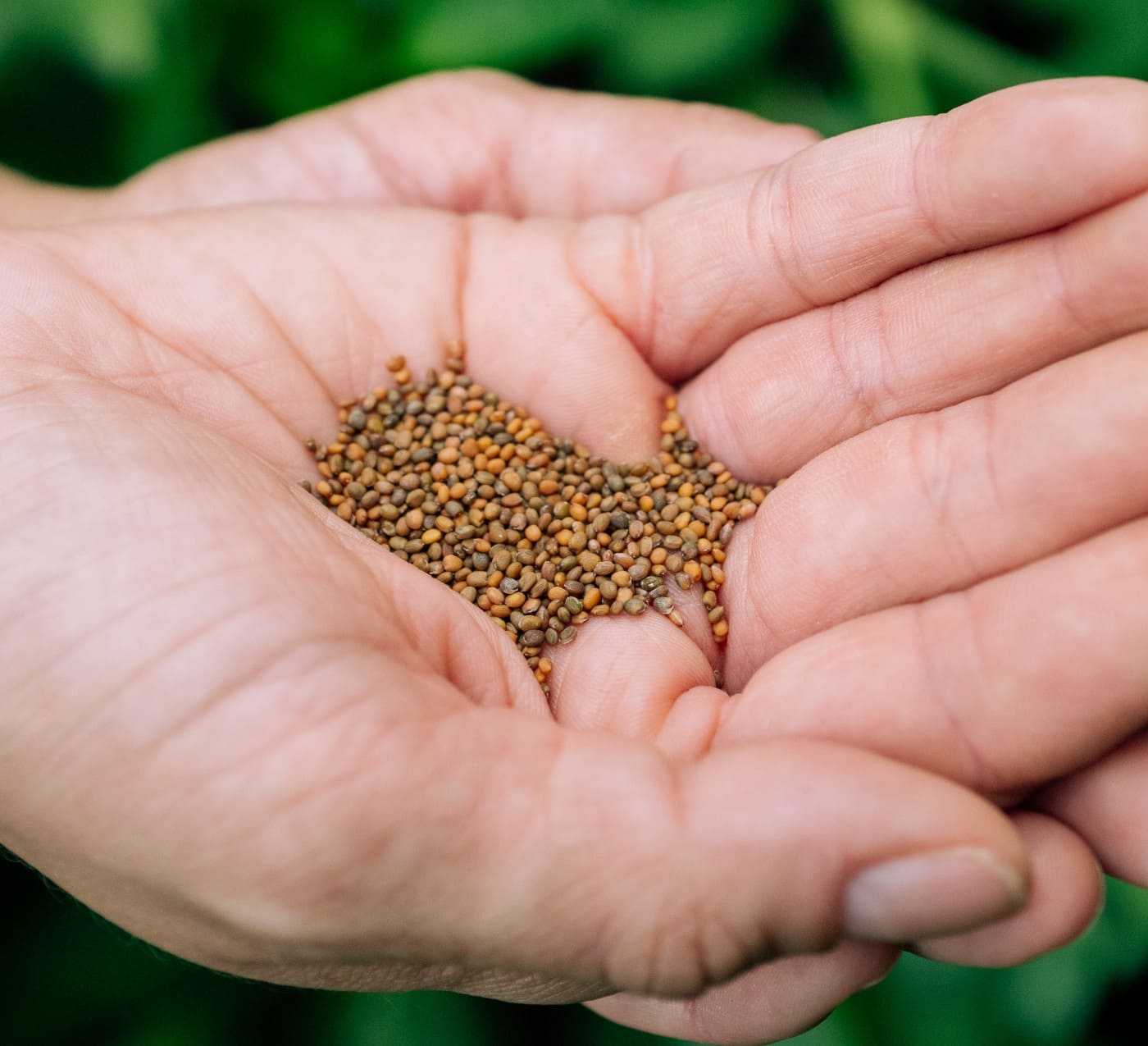
Carrots don’t like being transplanted, so always direct sow your seeds. Once your soil is moist and settled, sprinkle the carrot seeds evenly over the surface.
Try not to go overboard as carrot seeds are tiny and easy to overseed. Then gently cover them with about a quarter inch of soil or compost and give them a light watering.
Carrots can take anywhere from 7 to 21 days to germinate, so be patient. During this time, it’s crucial to keep the soil moist.
If the surface dries out, your seeds might not sprout at all.
Step 4: Care for Carrots as They Grow
Once the seedlings emerge, let them grow until they’re about two inches tall. Then, it’s time for the hardest part: thinning.
As painful as it is, you’ve got to remove some of those little sprouts. I thin mine so there’s about an inch or two of space between each plant.
You can snip the extras with scissors instead of pulling them, this keeps you from disturbing the nearby roots.
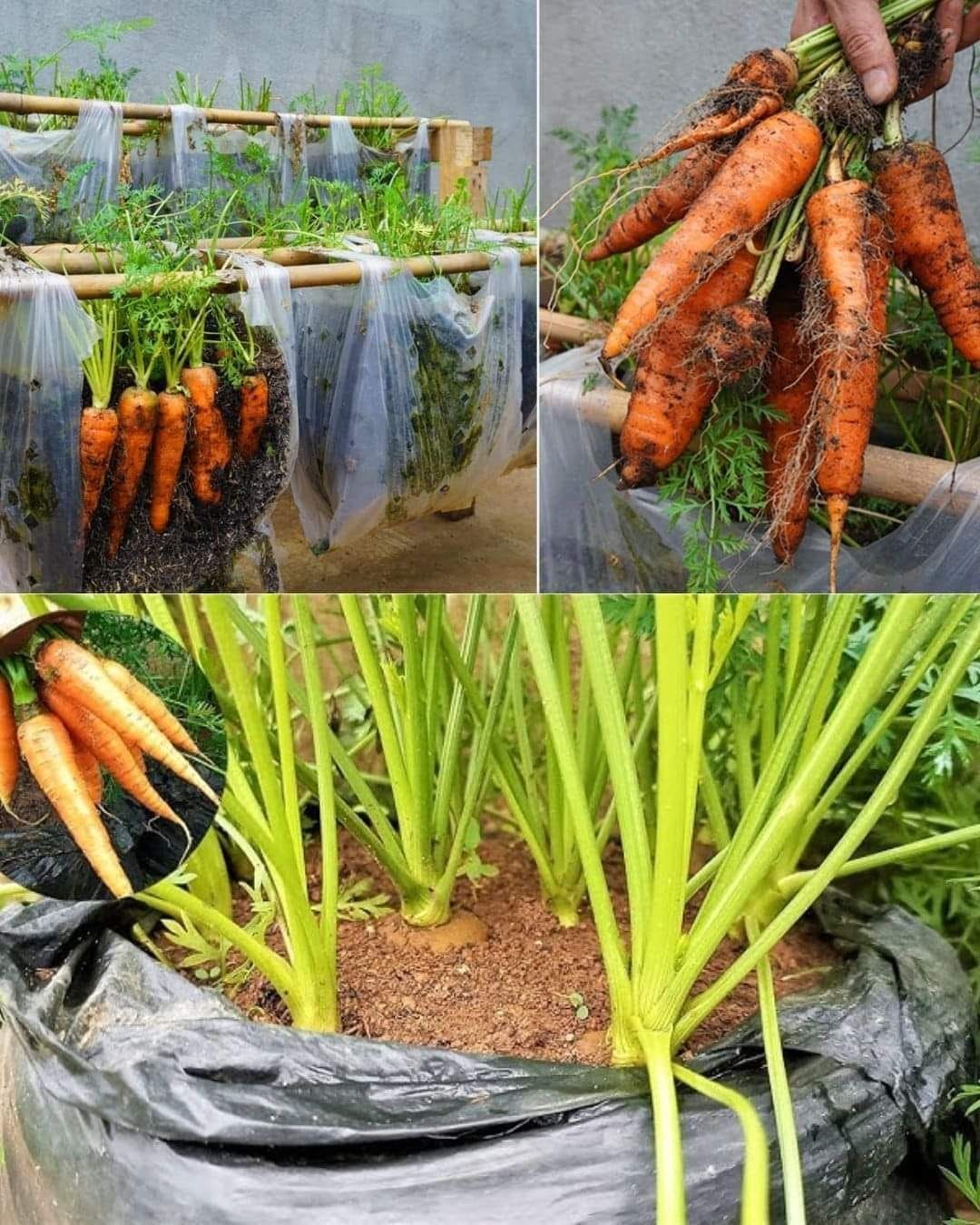
Carrots grown in bags dry out more quickly than those in the ground, so regular watering is key.
I check the soil every day, especially during hot or windy weather, and water when the top inch feels dry.
Your carrots will also need at least 6 to 8 hours of sunlight each day.
If you’re growing in a spot that gets shade in the afternoon, that’s okay, just make sure they’re getting enough overall light to fuel root development.
If your plants look pale or sluggish, a light feeding with a diluted, balanced liquid fertilizer every few weeks can help. But don’t overdo it as too much nitrogen can cause leafy growth at the expense of the roots.
When and How to Harvest Carrots in Plastic Bags
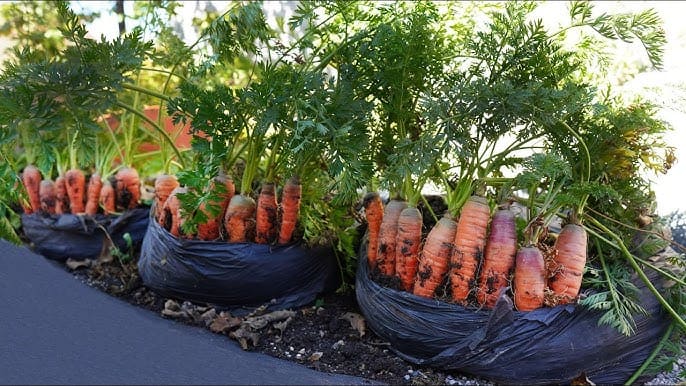
Most carrot varieties are ready to harvest in about 60 to 80 days, depending on the type.
You’ll often see the orange tops of the roots poking above the soil when they’re nearing maturity. I like to brush away some soil and gently pull one to check the size.
If the soil is dry and the carrots resist, water the bag first and wait an hour or two, this softens the soil and helps avoid breaking the roots when pulling them up.
Tips from My Experience
I’ve found that shorter or round carrot varieties, like Paris Market, Little Finger, or Thumbelina are perfect for plastic bags, especially if your containers aren’t super deep.
They grow quickly and tend to be sweeter and more tender when grown in loose soil like this.
It’s also worth succession planting, sowing a new batch every 2 to 3 weeks —so you have a continuous harvest rather than a one-time glut.
